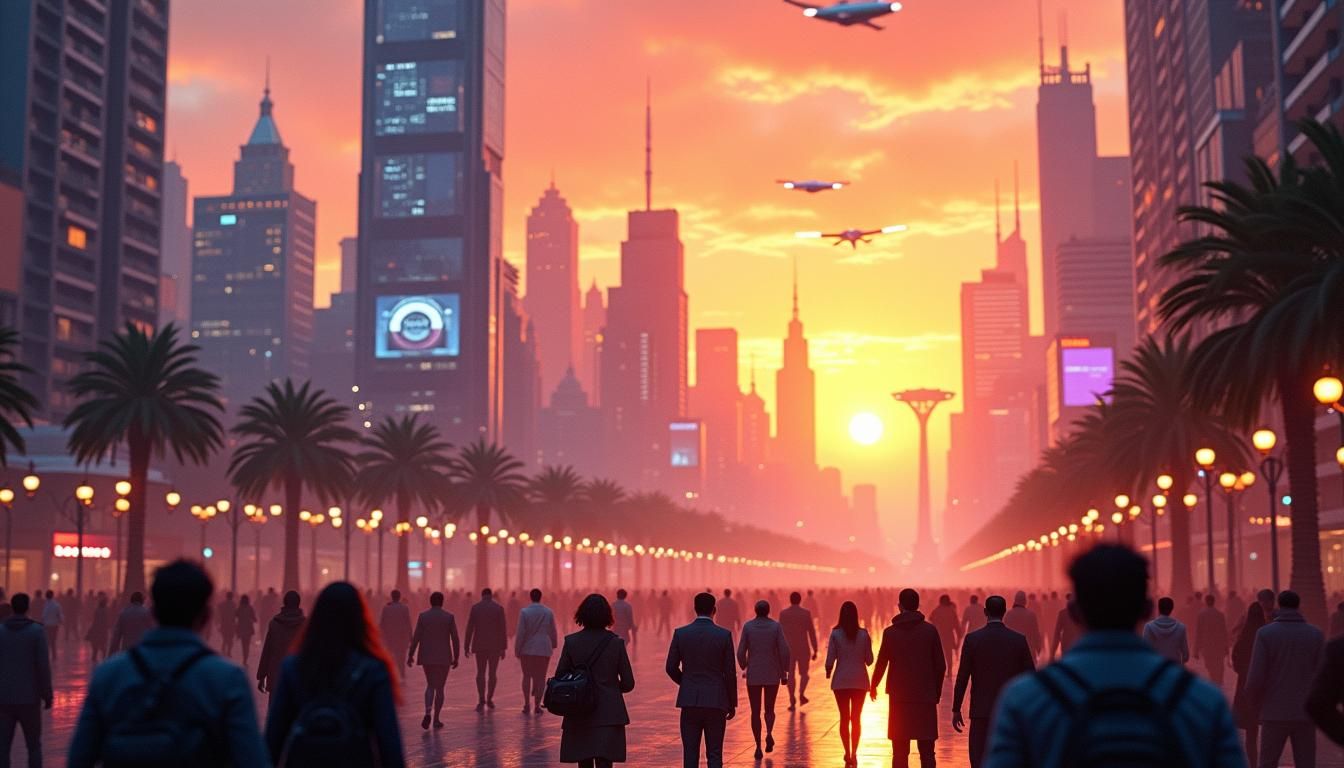
By Aleck.ai
As we navigate through 2025, the intersection of AI technology and digital strategy continues to redefine how businesses engage audiences, optimize content, and drive growth. At Aleck.ai, we’re committed to helping you stay ahead of these advancements. Below, we break down the most impactful trends and tools shaping AI-driven strategies this year.
Google’s RankBrain and MUM algorithms now dominate search engine operations, emphasizing context and user intent over keyword density. AI tools are indispensable for parsing vast datasets to predict search trends, automate content optimization, and identify gaps in content strategy. For example, platforms leveraging natural language processing (NLP) can generate meta descriptions, alt text, and even structure articles to align with Google’s E-E-A-T (Experience, Expertise, Authoritativeness, Trustworthiness) framework.
With over 50% of searches projected to be voice-based by 2025, optimizing for conversational queries is non-negotiable. Long-tail keywords and question-based phrases (e.g., “What’s the best AI tool for content creation?”) are critical. Tools like Google’s MUM now better understand multilingual and multimodal queries, meaning content must cater to natural speech patterns and local dialects.
Google’s Core Web Vitals—measuring loading speed, interactivity, and visual stability—are now primary ranking factors. AI-driven platforms like Adobe’s Experience Cloud automatically audit sites for performance bottlenecks, while tools such as Cloudflare’s Auto-Rules use machine learning to preemptively fix issues like broken links or slow-loading images.
Demonstrating expertise and trustworthiness is paramount. Strategies include:
- Adding detailed author bios with credentials.
- Citing peer-reviewed studies or industry reports.
- Securing backlinks from .gov or .edu domains.
AI tools like Clearscope and MarketMuse analyze top-performing content to recommend authoritative sources and gaps in coverage.
Visual search now accounts for 25% of all queries. Optimizing images with descriptive alt text, structured data, and high-resolution formats ensures visibility. Video SEO is equally vital: platforms like YouTube prioritize videos with accurate transcripts, chapter markers, and engagement metrics.
AI algorithms analyze user behavior—browsing history, social interactions, purchase patterns—to deliver tailored experiences. For example, e-commerce platforms use predictive analytics to suggest products, while email campaigns dynamically adjust subject lines and CTAs based on recipient behavior.
Tools like Writesonic and Jasper produce high-quality blog drafts, social posts, and ad copy in seconds. Adobe’s Firefly AI now integrates video editing features, enabling marketers to resize videos for TikTok or Instagram Reels automatically. Campaigns are also optimized in real time: AI agents adjust bids, audiences, and creatives based on performance data.
Advanced chatbots powered by GPT-4.5 handle complex customer inquiries, process returns, and even upsell products. For instance, Sephora’s chatbot offers personalized skincare recommendations by analyzing user selfies and purchase history.
AI algorithms allocate ad budgets dynamically, prioritizing high-performing channels. Platforms like The Trade Desk use real-time bidding to place ads on CTV, podcasts, and social media, ensuring maximum ROI.
Platforms like TikTok and Instagram Reels prioritize snackable, engaging videos. Use AI tools like Pictory.ai to repurpose blog content into 15-second clips with captions and trending audio.
Tools like Seventh Sense analyze audience activity to schedule posts at optimal times, while Lately.ai tailors captions for different platforms (e.g., LinkedIn vs. Twitter).
Focus on micro-communities (e.g., “AI Ethics Researchers” or “Sustainable Tech Enthusiasts”). Use Discord or Circle.so to host AMAs, share exclusive content, and foster discussions.
Partner with creators who have 10K–100K followers but high engagement rates. Tools like Upfluence identify influencers whose values align with your brand.
Highlight eco-friendly practices, such as using carbon-neutral hosting or partnering with ethical brands. Blogs like Eco-AI Tech gain traction by reviewing green tech innovations.
At Adobe Summit 2025, the company launched AI Agent Orchestrator, ten specialized agents that automate tasks like site optimization and multilingual content translation. Firefly’s new video tools adjust aspect ratios and dub videos into 20+ languages.
The digital landscape of 2025 demands agility, authenticity, and AI integration. From voice search optimization to hyper-personalized marketing, businesses that leverage these trends will dominate their niches. At Aleck.ai, we’re here to help you navigate these shifts with actionable insights and tools. Stay curious, experiment boldly, and let AI handle the heavy lifting.
Further Reading:
- Google’s MUM Algorithm Update
- Adobe’s AI Agent Orchestrator
- Micro-Influencer Strategies